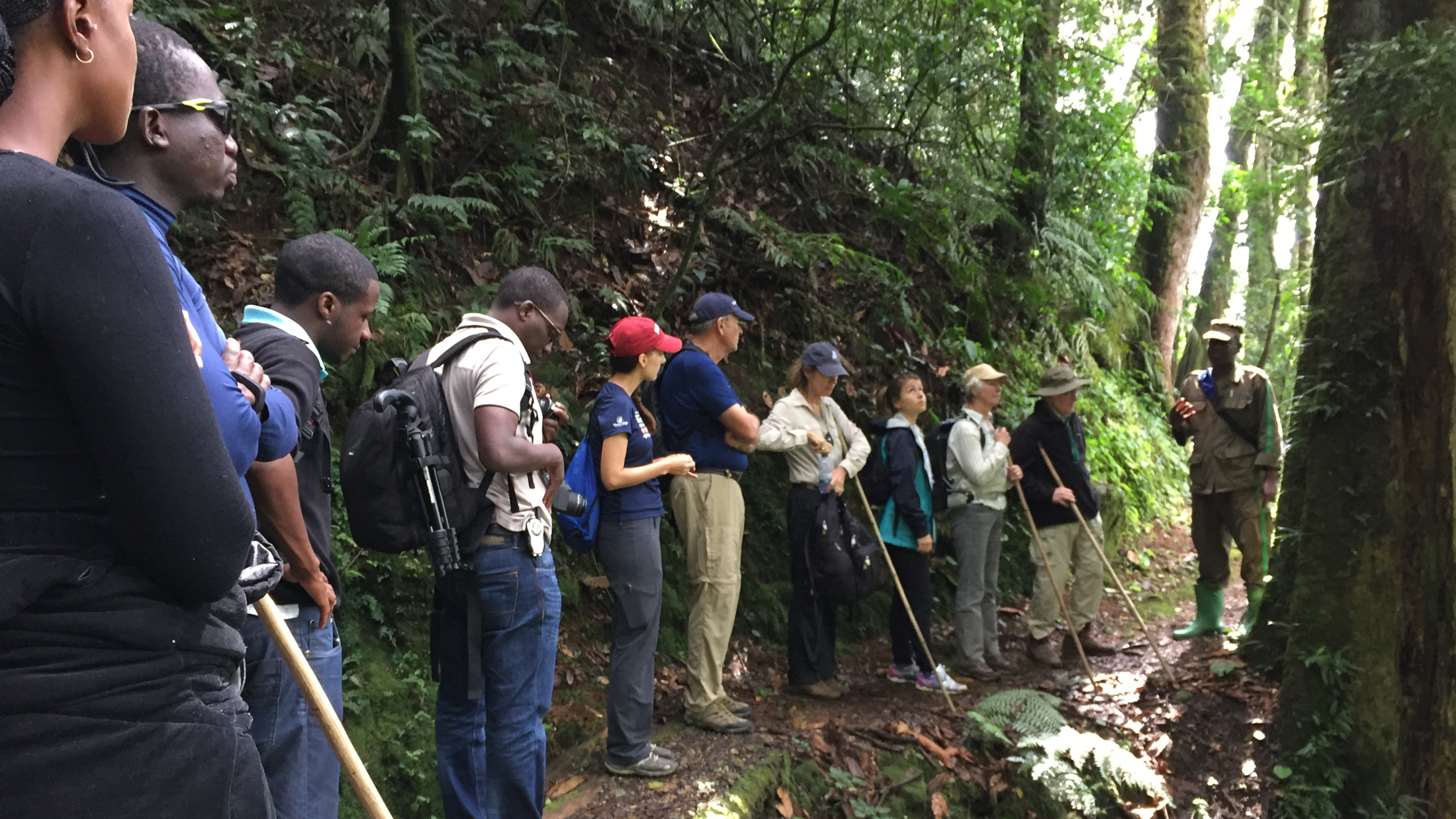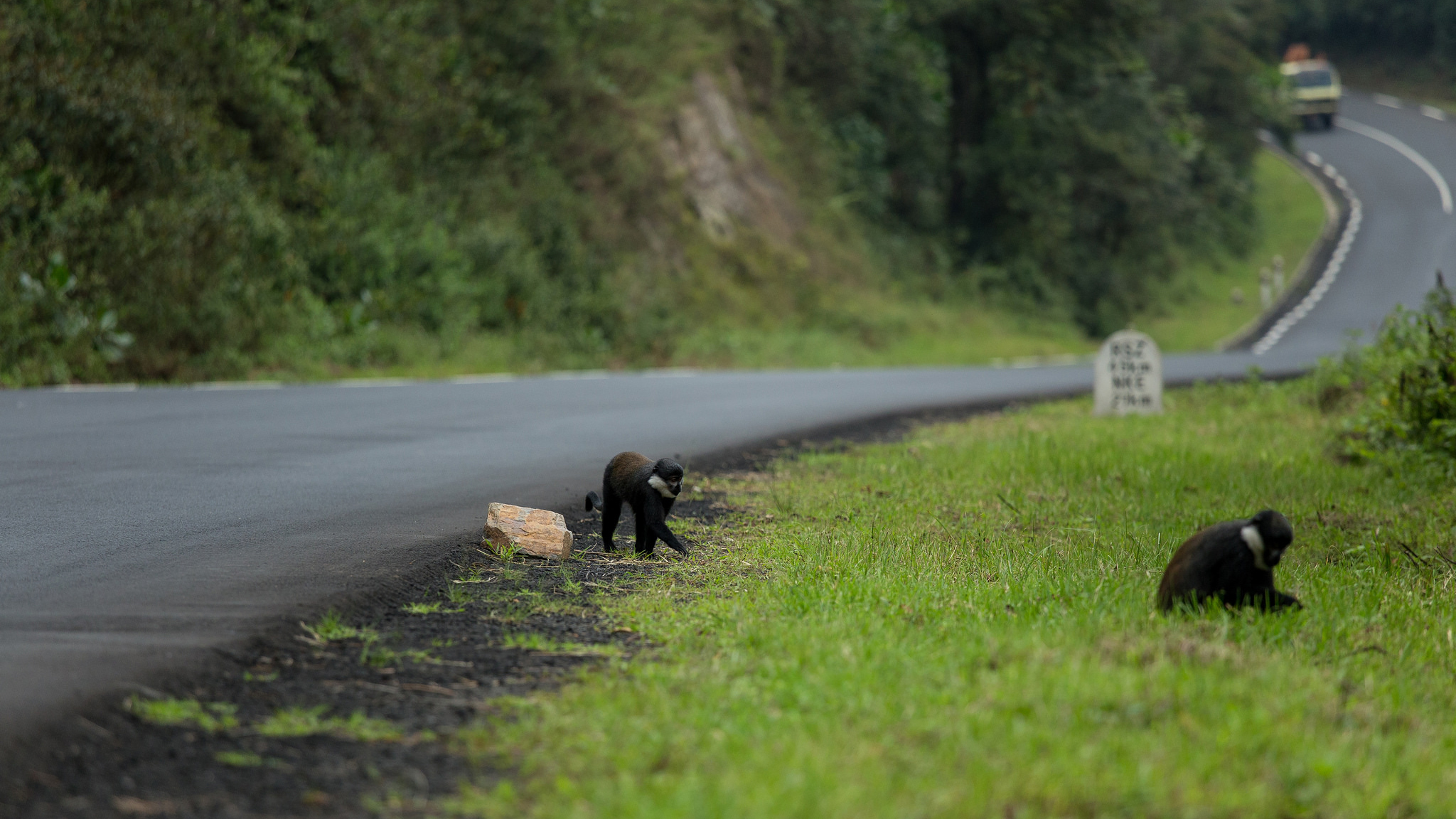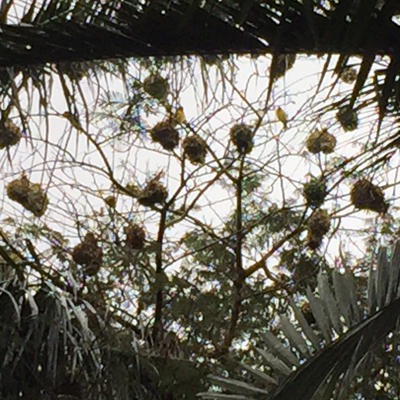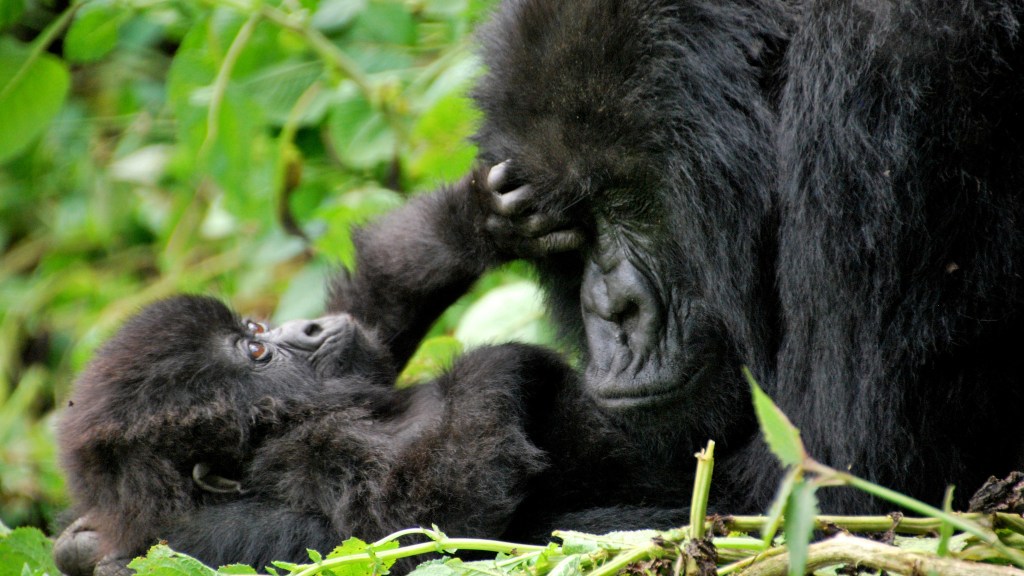In 1994, Rwanda made global news headlines as a horrific genocide against the Tutsi population unfolded. More than two decades later, the country looks towards a hopeful, peaceful future.
What role could national parks play in this future?
Today, Rwandans look forward as one nation with the ambitious goal, Vision 2020, to reach middle income status by the year 2020. Nature plays a huge part in achieving this goal.
Rwanda’s national parks are a huge draw for international and domestic visitors and an economic driver. Tourism is 25% of Rwanda’s national export, 4 times the world average, and 8% of the GDP. Rwanda is one of the few places in the world to see wild gorillas, and many tourists come to look for the great apes.
How do you increase tourism revenue to help achieve Vision 2020, while enhancing both social equity and conservation goals? Keep in mind that changes in other sectors, particularly agriculture (a whopping 30% of the Rwandan national economy) compete with national parks for space and water.
To answer this question, the Wildlife Conservation Society (WCS) in Rwanda convened a Science for Nature and People Partnership (SNAPP) working group of government, private sector, academic, conservation and humanitarian organization representatives. The first paper published in the Journal of Tourism Management (co-funded by the MacArthur Foundation) examines the case of Nyungwe Forest National Park, a 50 km stretch of never-cut montane rainforest along the country’s southwest border. The time is right as part of Vision 2020 for the restructuring of national park fees.

A 5-6-hour drive from the capital Kigali, the costs associated with owning or hiring a car and paying for high-end lodging aimed at international tourists make it prohibitively expensive for most Rwandans to visit Nyungwe. Local buses are often full and too infrequent to access the park’s hikes and wildlife viewing. There is also generational disparity, with the younger generations seeking out the experiences that the national parks offer.
“The only time I have seen a gorilla was in a zoo in Canada,” commented a Rwandan official attending the SNAPP working group. “My son has visited Nyungwe; I have not.”
The single road stretching through the park is littered with cut shrubbery, the universal sign of an accident ahead. This over-turned logging truck is only one of many. The combination of hairpin turns and ubiquitous fog wreak havoc on the bald tires of the trucks shifting commerce across the Rwanda/Burundi/Democratic Republic of Congo boarders straddled by and accessed through the park. Unperturbed by the commotion, duiker (a small antelope), colobus and blue monkey forage on the roadside. The shadowy form of one of the park’s many chimpanzees swings along the opposite crest, hunting monkeys.

We reach the canopy walk just in time for the 3pm hike. At present, there is no entrance fee and all visitors must be accompanied by a guide, paying for a permit per activity. SNAPP research has shown that both national and foreign visitors would be willing to tack on a modest entry fee on a sliding scale per income. These fees could be used to grow the national economy as well as maintain the presently well-built trails and pay national park guides leading tours and curbing litter, poaching and fuelwood collection. Five percent of national park revenue is distributed to surrounding communities.

We spend the night at the WCS guesthouse, the only moderately priced accommodation amid several more luxury lodges. Four young Rwandan professionals from Kigali spread their camping gear on the lawn for the night. In the morning, they pile into a two-door sports car which gamely navigates the rutted roads to the trail head after paying another activity fee for the waterfall hike. The fee for Rwandan citizens is 5,000 Frw (a little over US$6) compared to the US$50 foreign tourists. Fees could be yet more affordable to Rwandans if compensated by the 15% higher prices foreign tourists are willing to pay.
After a couple hours of picking our way through intermittent downpours down a steep, primordial landscape of 200-300 year old trees, tree ferns and orchids, in we reach the birthplace of the Congo River. It cascades out of the craggy slope from a huge upland peat bog. Rwandan and foreign visitors pose for family photos and selfies in front of the great engine of water that jumpstarts agriculture and economy for much of central Africa.
This source was recently in peril. A proposal to mine peat from this bog would have seriously compromised the river’s steady flow. Additional results from the SNAPP working group show increased flashy-ness of water flow in parts of the country. Instead of soaking up the rain like a sponge for slow release, water is running off hardpan causing erosion, sediment, and nuisance flooding in urban areas. Worse, there is less water during the dry season when the thriving agriculture sector needs it most.

In this way, the agriculture, tourism and natural resource extraction sectors are entwined. The SNAPP working group is creating tools with the Rwandan government to find a place where nature can best contribute to growing an economy that is healing a nation.
April 7, is Rwandan Genocide Memorial Day.
Later, at the national memorial, I find Nyungwe is not the only place nature serves as an inspiration of hope. Three gardens at the grave of 250,000 genocide victims are dedicated to Unity, Division and Reconciliation. Division is represented by two palm trees separated by moving water. Between them, a colony of weaver birds has filled the space with their nests, raising the next generation in peace.




Nyungwe is a truly wonderful park – primeval. Unfortunately very little forest remains in Rwanda, apart from the few national parks. This has led to severe soil erosion, with sediment laden rivers where most fish have perished. There are now concerns about hydroelectric reservoirs silting up fast; a combination of reforestation/forest succession and agroforestry are vital to both spur tourism and protect water, agriculture and buffer climate uncertainty. Rwanda thankfully has very dynamic, knowledgeable and sincere people in the ministry of natural resources. Thanks for the pic of the kaminandzovu” elephant swallower waterfall”!